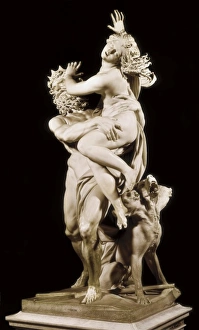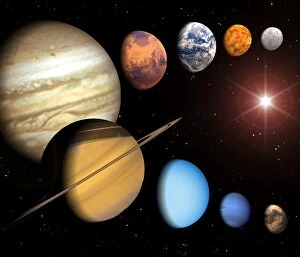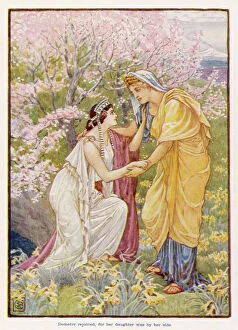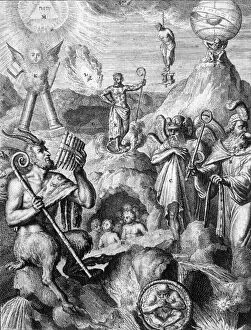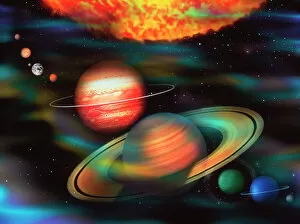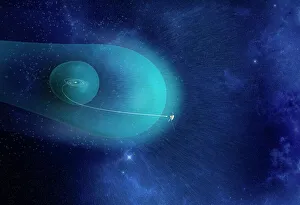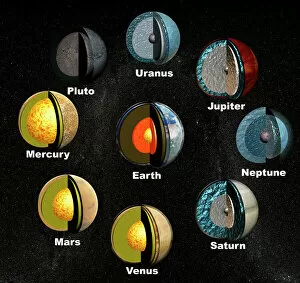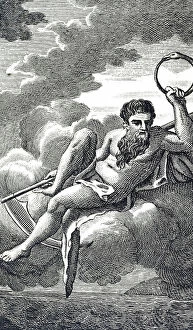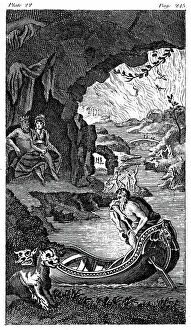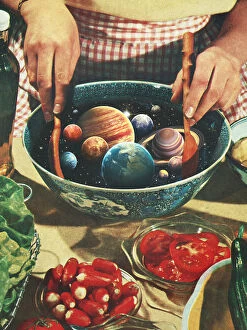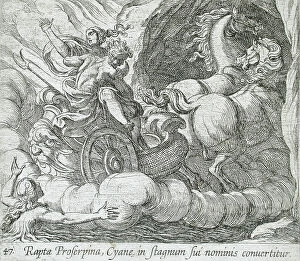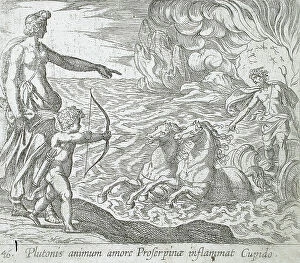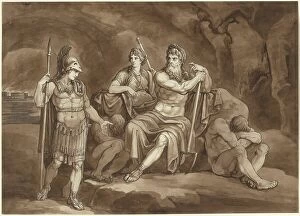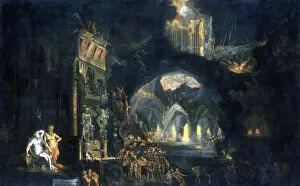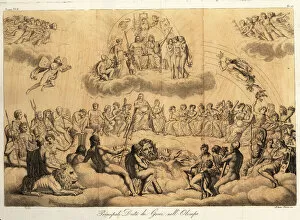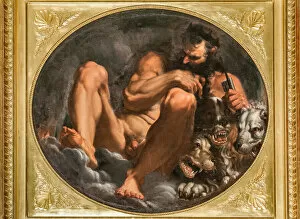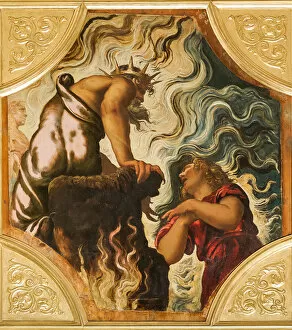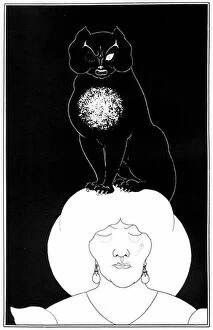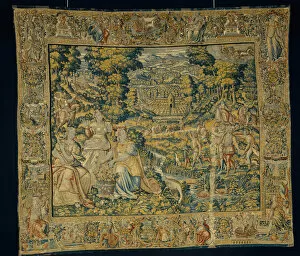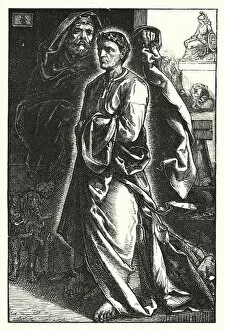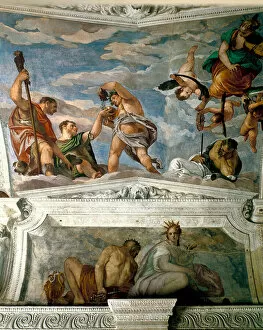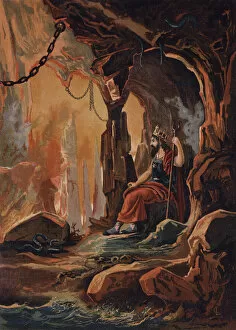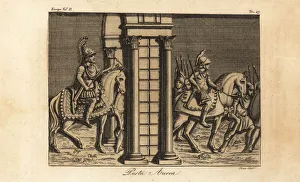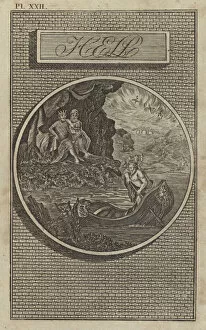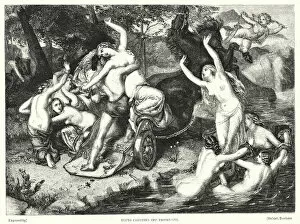Pluto Collection
"Exploring the Mysteries of Pluto: A Journey through Art and Science" In this captivating artwork by Giovanni Lorenzo Bernini
All Professionally Made to Order for Quick Shipping
"Exploring the Mysteries of Pluto: A Journey through Art and Science" In this captivating artwork by Giovanni Lorenzo Bernini, we are transported to the vast expanse of our Solar System. The intricate details of his sculpture depict none other than Pluto, a celestial body that has fascinated astronomers for centuries. Pluto, once considered the ninth planet in our Solar System, now holds a special place as a dwarf planet. Its enigmatic nature is beautifully captured in Bernini's work, showcasing its unique position among the planets and sun. The mythological tale of Persephone and Demeter comes to mind when contemplating Pluto's significance. Just like Persephone descending into the underworld with Hades (Pluto), this distant world remains shrouded in mystery and darkness. As we delve deeper into understanding our Solar System, scientists have discovered quantized orbits of planets that follow precise patterns. These orbital paths are elegantly illustrated here, reminding us of the harmony within our cosmic neighborhood. The Voyager probe trajectory depicted in another artwork reminds us of humanity's relentless pursuit to explore beyond Earth's boundaries. It serves as a reminder that even though Pluto may be far away from us physically, it continues to inspire curiosity and wonder about what lies beyond. Delving further into scientific exploration reveals fascinating insights into planetary structures. From gas giants to rocky terrains like Earth itself, each planet possesses its own internal composition – an intriguing aspect showcased within this artwork. This depiction also highlights how Earth stands alongside its Moon amidst other dwarf planets within our Solar System. It emphasizes both their uniqueness and interconnectedness within this vast cosmic dance orchestrated by gravity. Classical Greek gods allegorized throughout these artworks serve as reminders that ancient civilizations sought explanations for celestial phenomena through mythology – bridging science with imagination since time immemorial. As we gaze upon these mesmerizing depictions encompassing artistry and scientific knowledge alike, let them ignite our curiosity about Pluto and the wonders that lie beyond.

